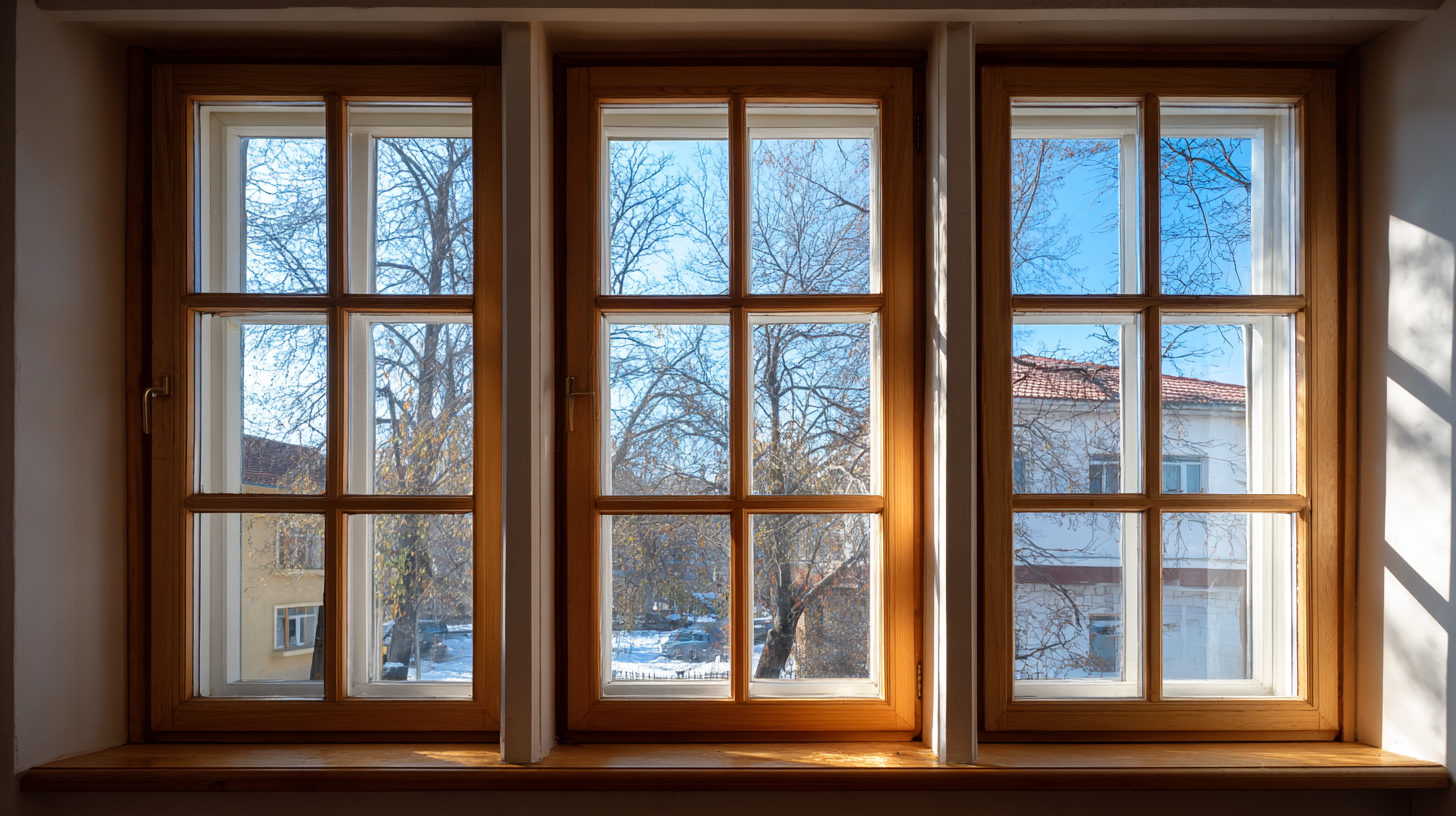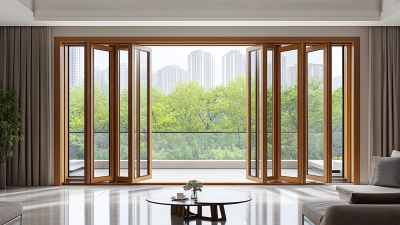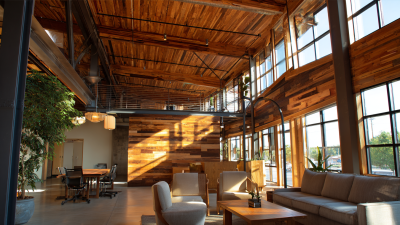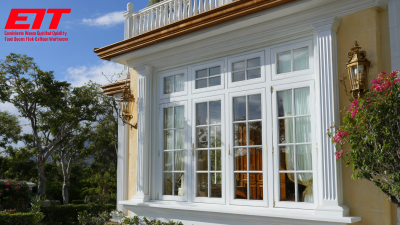In an era where energy efficiency is paramount, homeowners are increasingly seeking solutions that not only enhance the aesthetic appeal of their properties but also contribute to sustainable living. One of the standout options in the realm of window choices is wood frame windows. These windows offer a unique combination of beauty, durability, and exceptional insulation properties, making them the ideal choice for energy-efficient homes in 2023. In this blog, we will explore seven compelling reasons why wood frame windows reign supreme in terms of energy efficiency. From their natural insulating abilities to the potential for lower energy bills, we will delve into the characteristics that set wood frame windows apart from other materials. Join us as we uncover why opting for wood frame windows is not just a choice for today but an investment in a greener, more efficient future.

Wood frame windows are widely recognized for their exceptional insulation properties, making them an excellent choice for energy efficiency in 2023. Unlike their vinyl or aluminum counterparts, wood offers natural insulating qualities that help maintain a balanced indoor temperature. The cellular structure of wood creates air pockets that provide insulation, reducing heat transfer between the inside and outside of your home. This means less reliance on heating and cooling systems, resulting in lower energy bills.
When considering wood frame windows, it’s beneficial to invest in high-quality wood varieties treated for durability and weather resistance. This not only enhances the window’s lifespan but also improves its insulation capabilities. Furthermore, ensure proper sealing and installation to maximize energy efficiency. Properly installed windows minimize air leaks, which can compromise their insulating properties.
For homeowners looking to boost energy savings, consider incorporating double or triple glazing with low-emissivity (Low-E) coatings on glass panes. This combination not only reduces heat loss in winter but also keeps interiors cool in the summer. Lastly, regular maintenance and inspections can help sustain the performance of wood frame windows over time, keeping them both functional and energy-efficient.
When it comes to energy efficiency, wood frame windows stand out as a superior choice for homeowners looking to reduce their energy costs. The natural insulating properties of wood provide excellent thermal performance, effectively keeping homes warmer in the winter and cooler in the summer. This inherent insulation minimizes heat transfer, which means less reliance on heating and cooling systems, directly resulting in lower energy bills.
In addition to their insulation benefits, wood frames also contribute to better indoor air quality. Unlike some alternative materials, wood does not contain harmful chemicals that can off-gas into the home. This creates a healthier living environment, ultimately leading to enhanced comfort and less energy wasted on heating or cooling. Furthermore, the versatility of wood allows for various design options, ensuring that these energy-efficient windows can align with any home aesthetic, making them not only functional but also visually appealing. Choosing wood frame windows is a commitment to sustainability and long-term cost savings, making them an ideal investment for the eco-conscious homeowner.

In 2023, the integration of sustainable materials into building practices has become increasingly vital for energy efficiency, especially in the context of evolving global market opportunities. Recent reports indicate that the shift towards green building is anticipated to unlock nearly 13 trillion yuan in market potential. This transformation is particularly pronounced in China, where significant investment is focused on assembly construction, building robotics, and green architecture. These innovations not only enhance energy efficiency but also mitigate the carbon footprint associated with traditional building materials and methods.
Wood frame windows exemplify the benefits of using sustainable materials in construction. They offer natural insulation properties, reducing energy consumption significantly when compared to their vinyl or aluminum counterparts. Moreover, embracing wood as a primary material aligns with the sustainable development goals (SDGs) by promoting the use of renewable resources. As industry leaders increasingly prioritize green building practices, the choice of materials like wood not only contributes to energy efficiency but also supports a robust circular economy within the construction sector. This synergy is crucial for combating climate change and fostering long-term environmental benefits.
When considering window materials for energy efficiency, wood frames present a compelling choice compared to alternatives like vinyl and aluminum. According to the Efficient Windows Collaborative, wood frames possess an inherent thermal resistance, resulting in lower U-values than vinyl when insulated properly. With U-values typically ranging from 0.25 to 0.30 for well-designed wood windows, energy loss through these frames can be minimized significantly, enhancing overall home insulation.
In contrast, vinyl windows can have U-values between 0.30 and 0.35, while aluminum frames often fall short with U-values around 0.40, making them less efficient. Additionally, the National Fenestration Rating Council reports that wood windows can help maintain internal temperatures more effectively due to their natural insulating properties and ability to manage moisture levels. This characteristic not only contributes to energy savings but also enhances the longevity and performance of the windows, establishing wood frames as a better choice for energy-conscious homeowners in 2023.
When it comes to maintaining the energy efficiency of wood frame windows, regular upkeep is essential. One of the key maintenance tips is to inspect the windows for any signs of damage or wear, such as rot, warping, or cracked seals. Addressing these issues promptly can prevent heat loss during the colder months and keep your home comfortable year-round. A good practice is to check the exterior finish at least once a year, ensuring that the protective coating is intact to stave off moisture and sun damage.
Additionally, cleaning your wood frame windows regularly will help enhance their performance. Use a mild detergent and avoid harsh chemicals that can deteriorate the wood. Pay special attention to the sash and frame, as dirt buildup can impede the window's functionality and insulation properties. Applying a wood preservative every few years can also aid in maintaining their integrity and extending their lifespan. By incorporating these simple maintenance tips, you can maximize the energy efficiency of your wood frame windows and enjoy their benefits for years to come.











